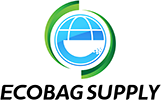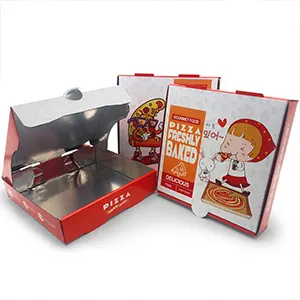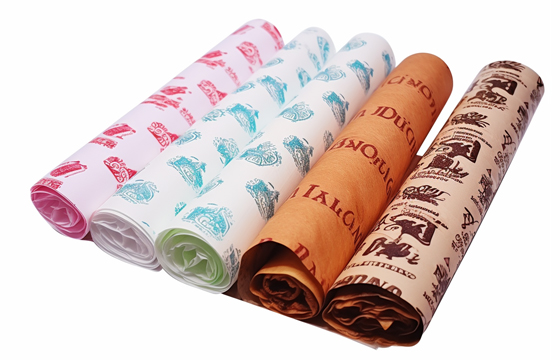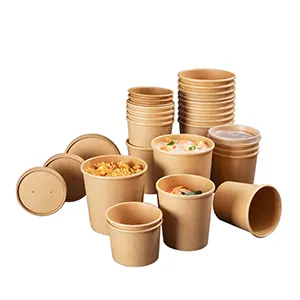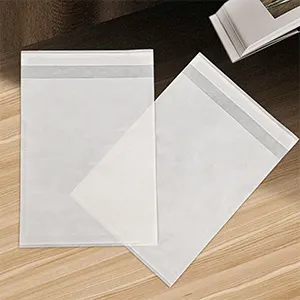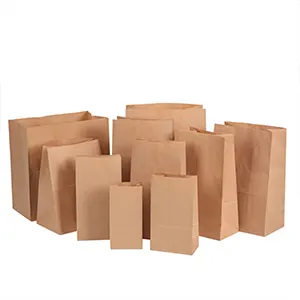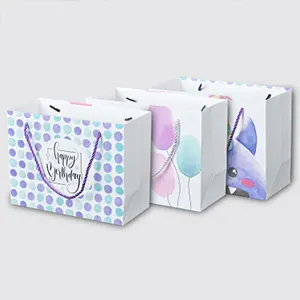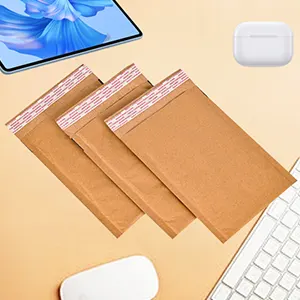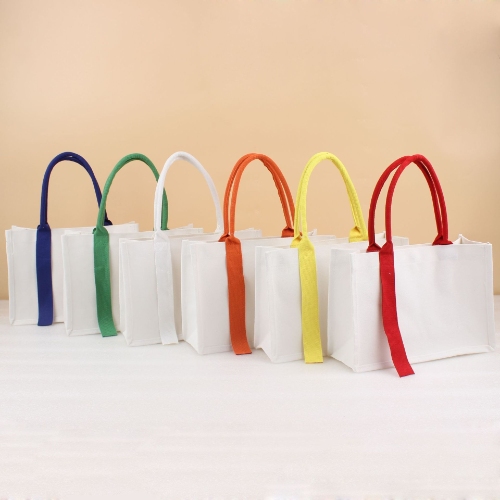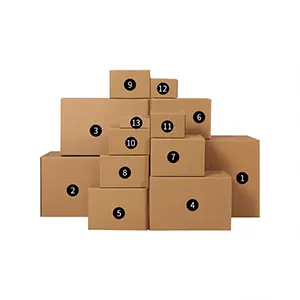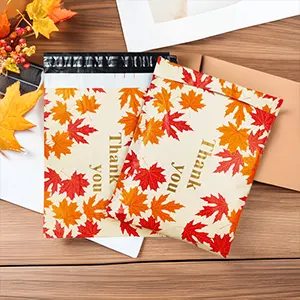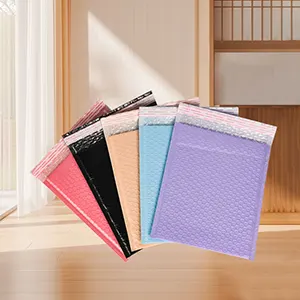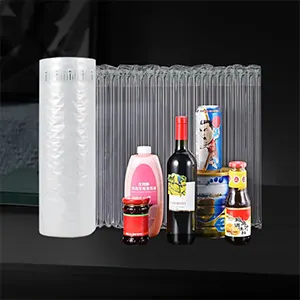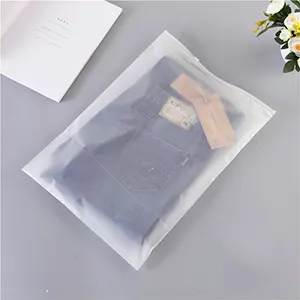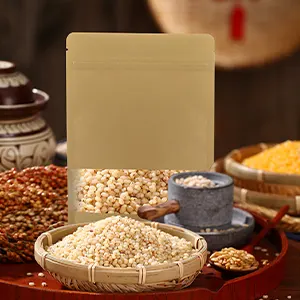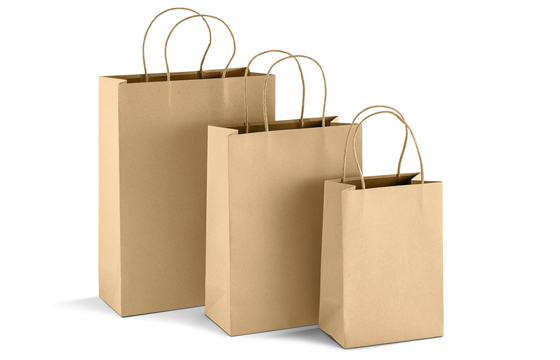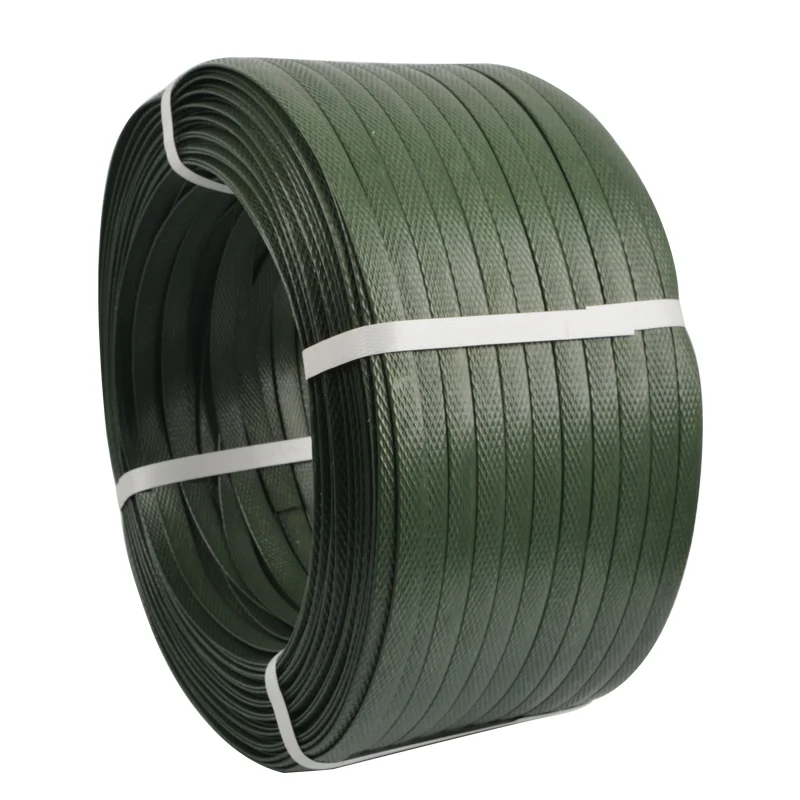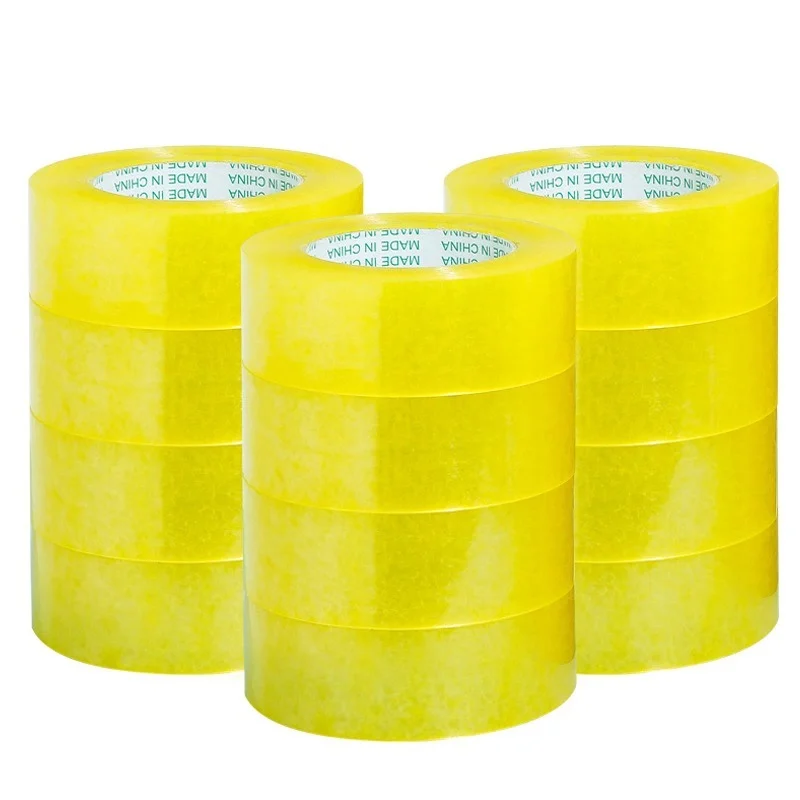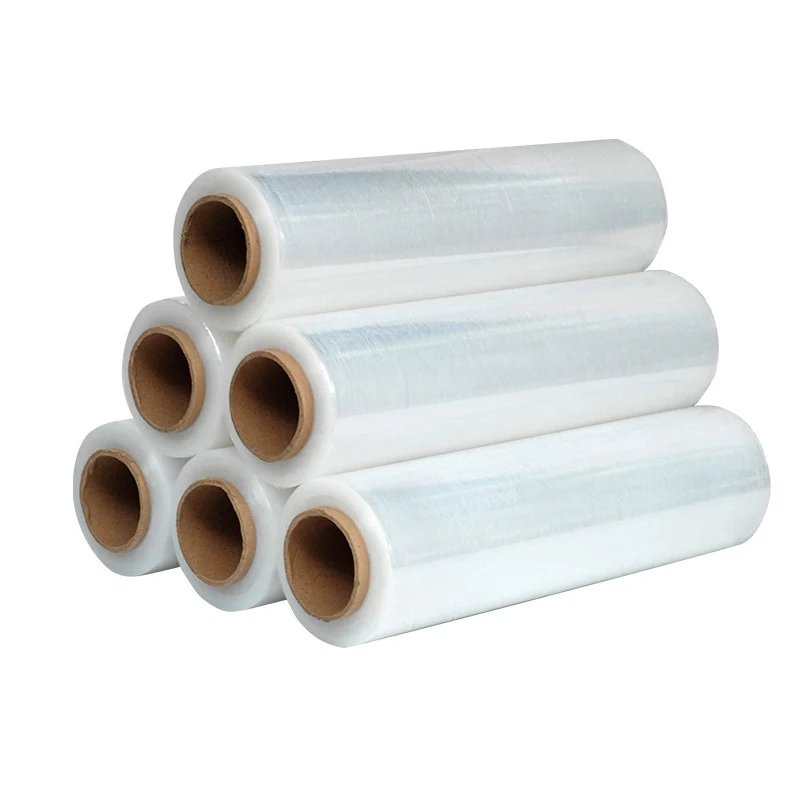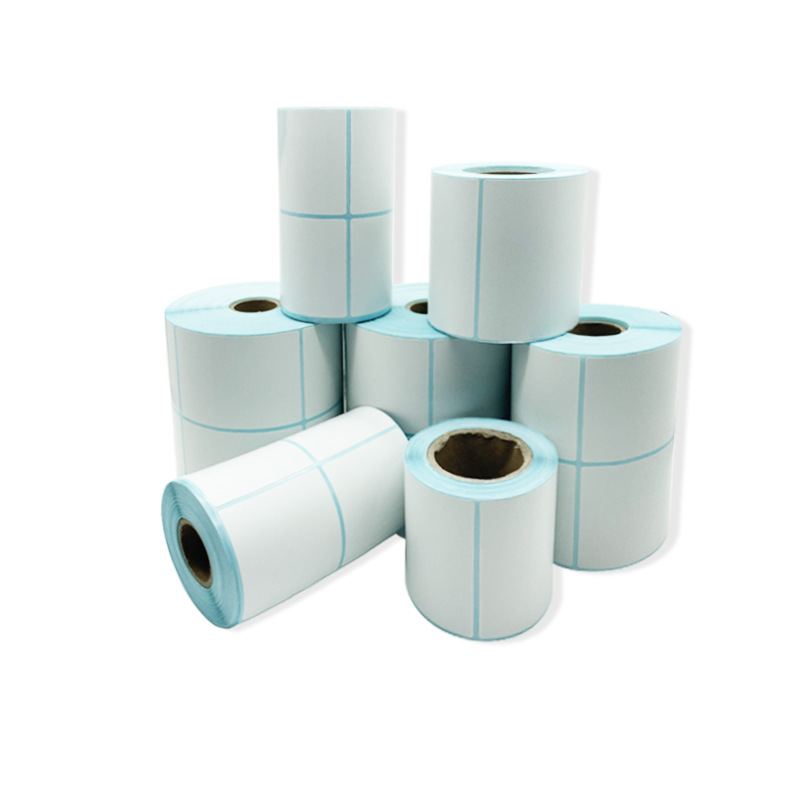The Greaseproof Paper Sheet Market: Trends Caterers Must Know
The greaseproof paper sheet market is a dynamic and evolving sector that is a critical component of the global food service industry. For catering businesses, understanding the trends within this market is not just a matter of sourcing a simple commodity; it is a strategic necessity. The choices caterers make about their paper products have a direct impact on their operational efficiency, their brand image, their environmental credentials, and their bottom line. The market is currently being shaped by powerful forces, from a global shift towards sustainability to the ever-increasing importance of the customer experience. This in-depth analysis will explore the key trends, drivers, and future outlook of the greaseproof paper market, providing caterers with the essential insights they need to make smart, forward-thinking decisions.
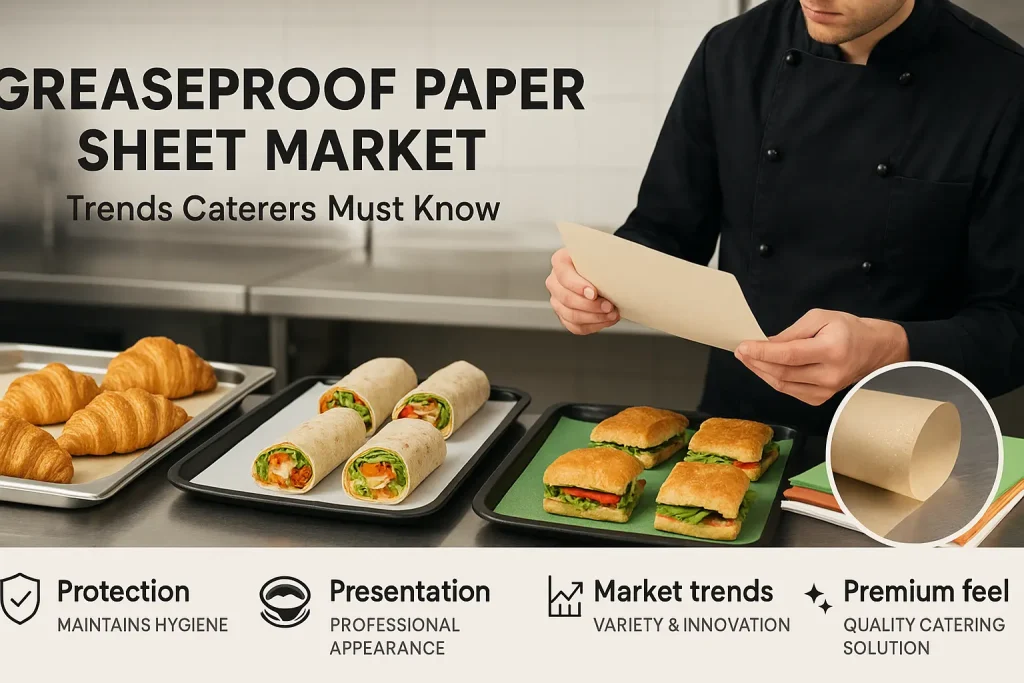
Key Drivers Shaping the Greaseproof Paper Sheet Market
The growth and evolution of the greaseproof paper market are not happening in a vacuum. They are being driven by several major, overarching trends in the food industry and in consumer behavior as a whole. A savvy catering business will recognize these drivers and adapt their packaging strategy accordingly.
Driver 1: The Rise of the Takeaway and Delivery Culture
The global demand for takeaway and food delivery services has exploded in recent years. This has placed an unprecedented emphasis on the quality and functionality of food packaging. Food that is transported must be packaged in a way that maintains its quality, temperature, and integrity. Greaseproof paper is an essential component of this, used for wrapping items to prevent sogginess and to contain grease. This massive growth in the off-premise dining sector is a primary driver of demand in the greaseproof paper market.
Driver 2: The Growing Demand for Sustainable Packaging
Modern consumers are more environmentally conscious than ever before. They are actively seeking out businesses that share their values, and they are often critical of excessive or non-recyclable packaging. This has created a huge demand for sustainable, eco-friendly packaging solutions. Greaseproof paper, being a paper-based, biodegradable, and often compostable product, is perfectly positioned to meet this demand. This shift away from plastics and other less-sustainable materials is a major force shaping the market.
Driver 3: The Focus on Food Hygiene and Safety
Food hygiene has always been a priority, but it has become an even greater area of focus for consumers. Single-use, hygienic packaging solutions are seen as a key part of a safe and trustworthy food service operation. Greaseproof paper provides a clean, sanitary barrier for wrapping, lining, and handling food. Its use is a clear and visible signal to customers that a business is committed to the highest standards of food safety.
Driver 4: The Importance of Branding and Presentation
In the age of social media, the visual presentation of food is a critical marketing tool. The "unboxing experience" of a takeaway meal is a key brand touchpoint. This has driven a huge demand for custom-printed and aesthetically pleasing packaging. Greaseproof paper, with its excellent printability and versatile look, has become a primary canvas for this type of branding. It has evolved from a purely functional item into a key part of a brand's visual identity.
Market Segmentation: Understanding the Different Product Categories
The greaseproof paper sheet market is not monolithic. It is made up of several different segments based on the product's material, format, and intended use. A caterer will likely need to source products from several of these segments to meet their diverse needs.
Segment 1: By Material Type (Bleached vs. Unbleached)
The market is broadly divided into bleached (white) and unbleached (brown) paper. White paper offers a clean, bright, and modern look, providing a perfect canvas for vibrant, multi-colored printing. Unbleached paper offers a rustic, artisanal, and eco-friendly aesthetic. The choice between the two is a strategic branding decision, and the market share for unbleached paper is growing rapidly due to the sustainability trend.
Segment 2: By Format (Rolls vs. Pre-Cut Sheets)
The product is available in two main formats. Rolls offer flexibility and are suitable for users who need to cut custom lengths. Pre-cut sheets, however, are the dominant format in the commercial and catering sector. They offer immense convenience and labor-saving efficiency, as they are ready to use instantly. This segment is further divided by the size of the sheets (e.g., full sheet, half sheet, custom sizes).
Segment 3: By Application (Baking, Wrapping, Interleaving)
Different types of greaseproof paper are optimized for different applications. Some papers may be thicker and more durable for wrapping heavy items. Others may have a slightly higher heat tolerance for baking applications. There are also lightweight papers that are designed specifically for interleaving, which is the process of placing a sheet between food items (like cheese slices) to prevent sticking.
Segment 4: By End-User (Commercial vs. Residential)
The market serves two main end-users: the commercial sector (restaurants, caterers, bakeries) and the residential sector (home cooks). The products for the commercial sector are typically of a higher grade, are sold in much larger bulk quantities, and are designed for high-performance use. The residential market focuses more on smaller pack sizes and convenience. A caterer should always be sourcing from the commercial segment of the market.
Trend 1: The Surge in Eco-Friendly and Unbleached Papers
The single most powerful trend currently shaping the greaseproof paper sheet market is the overwhelming demand for sustainable and eco-friendly products. This is a consumer-led movement that has had a profound impact on product development and marketing across the industry.
Consumer Demand for Sustainable Options
Today's consumers, particularly younger demographics, are making purchasing decisions based on a brand's environmental credentials. They will actively choose a business that uses sustainable packaging over one that does not. For a caterer, using eco-friendly paper is no longer just a nice idea; it is a business imperative. It is a way to align the brand with the values of its target customers.
The Appeal of the "Kraft" Look for Artisanal Brands
The unbleached, brown "kraft" paper look has become a powerful visual symbol of authenticity and natural quality. It has an artisanal, farm-to-table feel that is very appealing to modern consumers. This aesthetic trend goes hand-in-hand with the sustainability movement. A business can use brown paper to instantly communicate a message of being natural, wholesome, and environmentally conscious.
Innovations in Compostable and Recyclable Papers
Manufacturers are responding to this trend by investing in innovation. They are working to ensure that their products are not just biodegradable but also fully compostable in industrial facilities. They are also sourcing their pulp exclusively from certified, sustainably managed forests. These verified eco-credentials are a key selling point in the current market. For a general overview of food-safe papers, the Parchment paper page offers some useful context.
How Caterers Can Leverage this Trend for Marketing
A caterer who makes the switch to unbleached, sustainably sourced greaseproof paper should actively market this fact. They should mention it on their website, on their social media, and even on their menus. It is a tangible and easily understood selling point that can differentiate them from their competition. It is a way to turn a simple operational choice into a powerful marketing story.
Trend 2: The Growth of Custom Printing and Personalization
The second major trend is the explosive growth of custom printing. As the food service market becomes more crowded, businesses are looking for new ways to stand out. Custom printed packaging has emerged as one of the most effective and accessible ways to build a strong brand identity.
Packaging as a Key Brand Differentiator
In a world of visual social media, the look of your food packaging is a critical part of your brand. A custom printed greaseproof sheet turns a functional wrapper into a piece of marketing collateral. It ensures that your brand name and logo are seen by the customer and by anyone they are eating with. This is a level of brand exposure that generic packaging simply cannot provide.
The Technology of High-Quality, Food-Safe Printing
Advances in printing technology have made high-quality custom printing more affordable and accessible than ever before. Modern flexographic presses can produce sharp, detailed graphics in a wide range of colors. Crucially, the development of certified, non-toxic, food-safe inks (often soy- or water-based) has made this a completely safe option for direct food contact.
Moving Beyond Logos to Full Custom Designs
The trend is now moving beyond just printing a simple logo. Businesses are using their greaseproof paper as a canvas for full-blown custom designs. This can include intricate patterns, custom illustrations, witty slogans, or even a short brand story. This level of personalization creates a much richer and more engaging experience for the customer.
Trend 3: Demand for Convenience and Efficiency
In the fast-paced world of food service, every second counts. Labor is a major cost, and efficiency is the key to profitability. This has led to a strong market trend towards packaging products that are designed to save time and streamline workflow in a professional kitchen.
The Shift from Rolls to Pre-Cut Sheets in Commercial Kitchens
While greaseproof paper is available in rolls, the overwhelming trend in the commercial sector is towards pre-cut sheets. The convenience of being able to grab a ready-to-use sheet from a dispenser box is a massive time-saver compared to unrolling, measuring, and cutting a piece from a large roll. This small-time saving, when multiplied by hundreds of uses per day, adds up to a significant increase in kitchen efficiency.
The Rise of Specialized, Die-Cut Shapes
The market is also seeing a growth in demand for specialized, die-cut sheets. These are sheets that are pre-cut into specific shapes for particular applications. This can include perfect circles for lining round cake tins, fluted liners for muffin pans, or even custom shapes designed to fit a specific takeaway container. These specialized products further reduce the amount of prep time required in the kitchen.
Pop-up and Interfolded Dispenser Boxes
The design of the packaging for the sheets themselves has also become a point of innovation. Many commercial cases of greaseproof sheets now come in "pop-up" or "interfolded" dispenser boxes. This design, similar to a tissue box, allows a user to pull out one sheet at a time, and the next sheet will automatically pop up, ready to be grabbed. This makes it very fast and hygienic for a busy kitchen worker to access the paper.
The Competitive Landscape: Sourcing Channels for Caterers
The greaseproof paper sheet market is served by a variety of different sourcing channels. A caterer has several options for purchasing their supplies, each with its own set of pros and cons.
Local Restaurant Supply Wholesalers
For many small to medium-sized caterers, the local restaurant supply wholesaler is the primary source. They offer a range of professional-grade products in case quantities. The advantage is the convenience of local sourcing and often a personal relationship with a sales representative.
Large National Distributors
Large, national food service distributors also have extensive catalogs of packaging supplies, including greaseproof paper. They can offer very competitive pricing due to their immense scale and can often deliver a wide range of other products at the same time.
The Expanding Role of Online B2B Marketplaces
The internet has opened up a huge number of new sourcing options. There are now many large, online-only restaurant supply stores and B2B marketplaces. These online channels often offer the widest selection of products from a huge variety of manufacturers. A caterer can compare prices and products from many different suppliers all in one place. The options available on large online marketplaces or through third-party seller platforms are vast. This online market is different from the retail market found in major supermarket chains. The overall market for greaseproof paper is now a global one, accessible to businesses everywhere.
Future Outlook: What's Next for the Market?
The greaseproof paper sheet market will continue to evolve in response to technological innovation and changing consumer demands. Several key areas are poised for growth and development in the coming years.
Innovations in Barrier Technologies
Manufacturers are constantly working to improve the performance of their papers. This includes research into creating papers with even higher heat resistance, allowing them to be used for a wider range of cooking applications. There is also a focus on improving moisture barriers, to create papers that are better at handling very wet foods.
The Development of Bio-Based and Non-Wood Pulps
The sustainability trend will continue to drive innovation in raw materials. We will likely see the growth of greaseproof papers made from alternative, non-wood fibers. This could include papers made from bamboo, bagasse (a byproduct of sugarcane), or other fast-growing, renewable plant sources. Research into creating the paper from bio-based, non-fossil-fuel sources is also a major area of focus.
Smart Packaging: QR Codes and Interactive Elements
The trend of adding interactive elements to packaging will continue to grow. We will see more businesses using QR codes on their greaseproof paper to link customers to their websites, social media, or special promotions. This turns the packaging into a gateway to a digital brand experience.
Strategic Implications for Catering Businesses
For a catering business, staying on top of these market trends is a strategic advantage. It allows a business to make smarter purchasing decisions and to use its packaging as a more effective marketing tool.
Here are some strategic takeaways for caterers:
- Audit Your Packaging: Regularly review your current packaging. Does it align with your brand values? Is it meeting the expectations of modern, eco-conscious consumers?
- Embrace Sustainability: Make the switch to unbleached, sustainably sourced paper. This is a powerful and easy-to-communicate marketing message.
- Invest in Branding: Consider custom printing as a marketing investment, not a cost. It is one of the most effective ways to build brand recognition.
- Prioritize Efficiency: Look for products like pre-cut and pop-up sheets that can save your kitchen staff valuable time and reduce your labor costs.
Final Thoughts
The greaseproof paper sheet market is a reflection of the broader trends in the food service industry. The clear movement towards sustainability, brand personalization, and operational efficiency is shaping the products that are being developed and sold. For a modern catering business, greaseproof paper is no longer a simple, behind-the-scenes commodity. It is a forward-facing part of the brand experience. By staying informed about these key market trends and making strategic choices about the paper they use, caterers can improve their business, delight their customers, and build a stronger, more successful brand.
JERL has been working hard on the road of custom packaging. Next time when you feel the need to impress someone with your brand, think of JERL Packaging!
